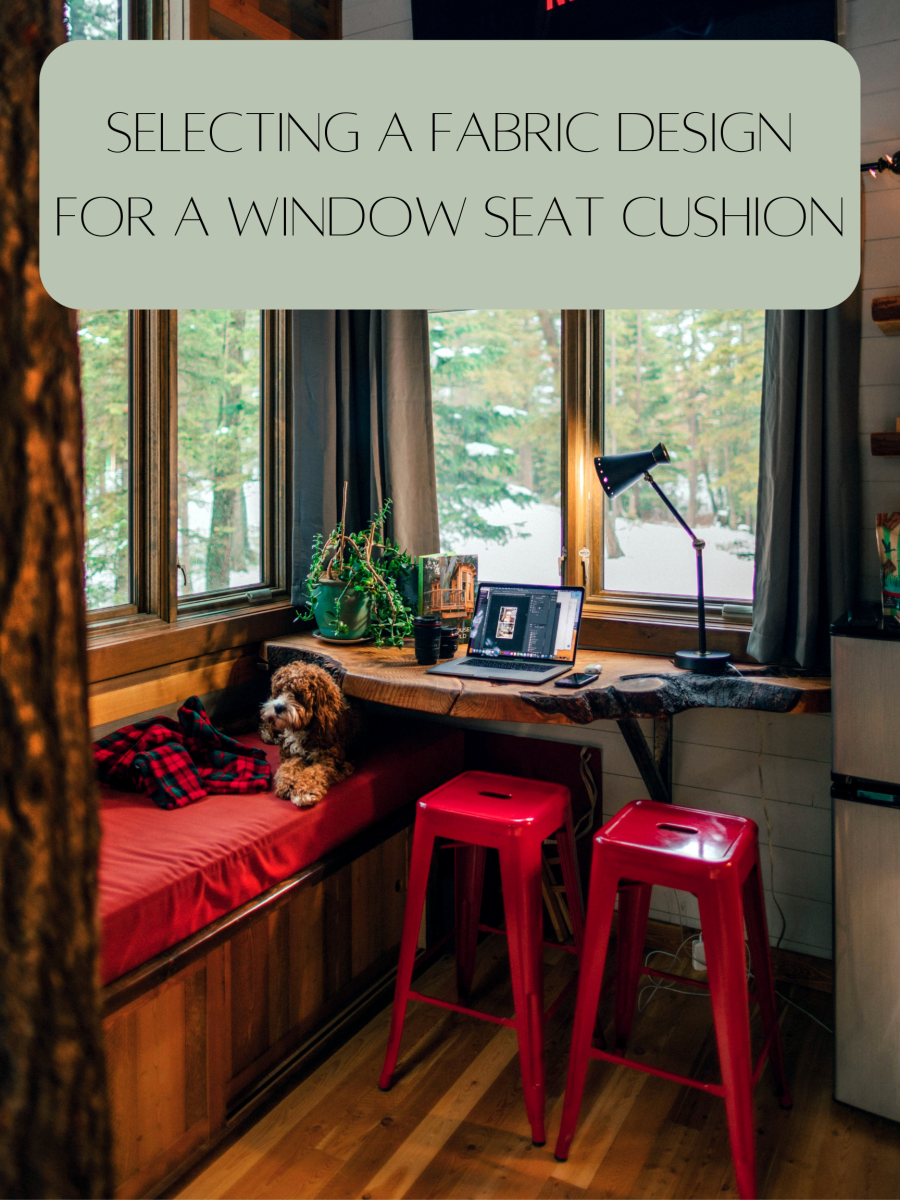Window on Your World -- How to Make Curtains and Swags for Your Kitchen
Kitchen curtains and swags add personality and color to what can be a strictly utilitarian room. With a little fabric and basic sewing skills, you can design one-of-a-kind window treatments easily and inexpensively, whether your kitchen style is country or contemporary.
Tab-Top Curtains
This style of curtain is generally not particularly full. They give a slightly tailored appearance to your windows. You can use most types of fabric, but cotton blends in calico, novelty or gingham prints are most commonly used in kitchens.
Measure your window’s width. Divide that number by two and add four inches. This will allow you to finish the edges and overlap the panels slightly. Measure the length of the window and subtract three inches. Cut 4-inch by 6 1/2-inch strips to make the tabs. Plan to space them about 4 inches apart; cut twice as many strips as the number of tabs you want.
Fold 1/2 inch along the edges of the curtain panel toward the wrong side, then fold them again to make a clean finish edge. Stitch along both edges of the folded area. If you choose, use contrasting thread to add decoration to your panels.
Put two tab strips together with right sides facing. Stitch the long edges together, using a 1/2-inch seam allowance. Trim the seams to 1/4 inch, turn the strip right side out and press it with an iron. Repeat with the remaining strips.
Fold the tab strips and pin 1/2 inch of the tabs to the wrong side of the hemmed panels. Machine-stitch around the overlapping section to form a box. Alternately, you can attach the tabs by sewing a decorative button to the right side of the panel, through the layers of the tabs.
Gathered Curtains
Measure the length and width of the window. For each panel, cut a piece of fabric 1 inch wider and 3 1/2 inches longer than the window measurements.
Fold the long sides of the panel in 1/2 inch toward the wrong side, then fold it again the same amount. Stitch close to the inside fold line. Press the edges flat.
Fold each of the shorter edges under 1/2 inch. Fold the bottom edge under another 1/2 inch and stitch the hem. At the other end, fold the fabric again to make a 2-inch casing. Stitch close to the first fold.
Repeat the steps for the second panel. Slip a curtain rod through the casing to gather the panels.
Priscilla Curtains
This style of curtain is usually ruffled and very full. While most kinds of fabric will work, these are often made from organza or other thin fabrics. They are usually swagged with tiebacks and are often topped with a valance.
Measure your window’s length and width. Each panel should be 3 1/2 inches longer and 1 1/2 times wider than the window measurements. You will also need two 6 5/8-inch wide strips that are two times the length plus the width of the panel.
Hem the panel and create the casing as described in the gathered curtains section.
Fold the ruffle strips in half lengthwise, wrong sides together, to make a 3-inch wide, double-sided strip. Stitch along all three open edges, using a 5/8 seam allowance.
Now, set the stitch length on your machine to the longest setting. Make a line of stitching 1/2 inch from the edge and another 1/4 inch from the edge. Carefully pull the bobbin thread up to gather the ruffle until it fits the inside and bottom edges of the curtain panel. Distribute the gathers evenly and pin the ruffle to the wrong side of the panel. Stitch the pieces together with a 5/8-inch seam allowance.
Slide the panel on the curtain road. Repeat for a second panel and hang your new curtains.
For a tieback, attach fusible interfacing to a 6 1/2 inch by 12 ½ inch rectangle of fabric. Fold the piece in half, right sides together and stitch the two long sides and one end with a 1/2-inch seam allowance. Trim the seams to 1/4 inch and turn the piece right side out. Fold the edges of the open end to the inside of the piece and hand-stitch it closed. Repeat for the second panel. Attach hook-and-loop tabs to the ends and secure them around the cur rtain panels.
Making your own kitchen curtains and swags allows you to customize them to fit your personal style, as well as saving money on curtains. These instructions are for basic and simple curtains; let your creativity take over and embellish them to make them uniquely yours.








